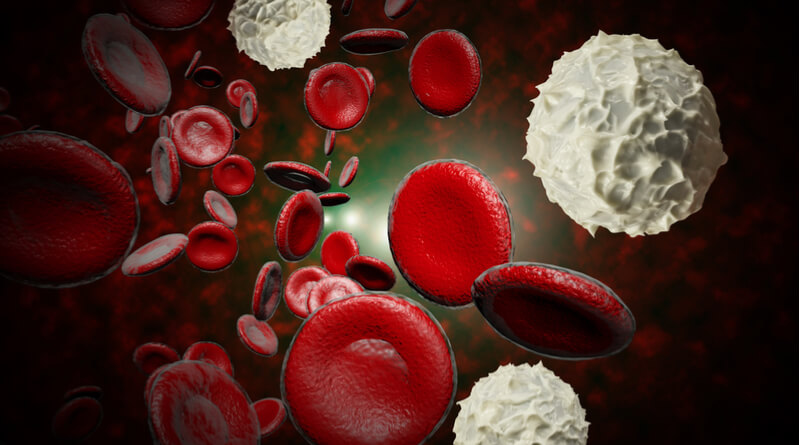Have you ever wondered why you have to feel so miserable when you catch a cold or flu? Those annoying symptoms, like fever, runny nose, sore throat, and coughing are the direct result of your immune system taking action. Your white blood cells (WBCs) otherwise known as T-cells are the main components of your immune system. These cells actually target the bacteria, viruses, and pathogens that make you sick, and ingest them. That’s right, your WBCs actually eat the harmful invaders. The only problem is that your WBCs’ amazing anti-viral prowess causes all of these symptoms to arise.
Unfortunately, your white blood cell count can actually decrease, which will result in the strength of your immune system decreasing as well. It can decrease for any number of reasons, including:
- Viral infections
- Congenital disorders
- Cancer
- Autoimmune disorders
- Severe infections requiring a large number of white blood cells
- Medications such as antibiotics
- Poor nutrition
- Alcohol abuse
White blood cell counts can vary pretty substantially. On an average, your WBC count should range between 3,500 – 10,500 WBC per microliter. Anything less than 4,500 WBC per microliter is cause for concern. A low WBC count can result in a condition known as leukopenia. Once you contract this condition, you may experience high fever, chills, or sweating.
Thankfully, you can treat this condition and increase your WBC count by adjusting your diet. Like just about every aspect of your physical health, it begins with the food you eat.
- You should focus on eating dark, leafy green veggies like spinach and kale. The vitamins A, E, and C found in these veggies play a vital role in WBC generation.
- Citrus fruits are also a great option. The vitamin C and antioxidants available in the fruit also plays a pretty important role in creating new WBCs.








